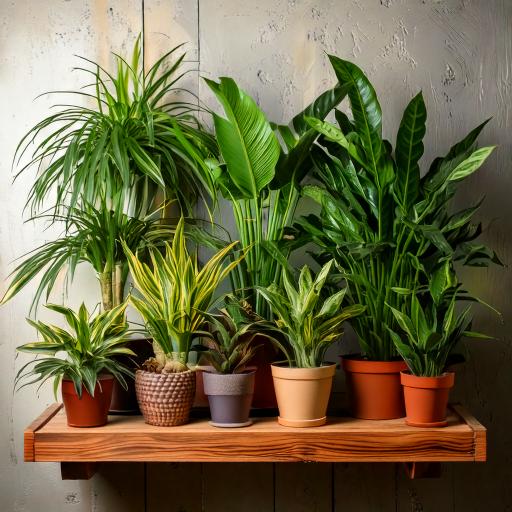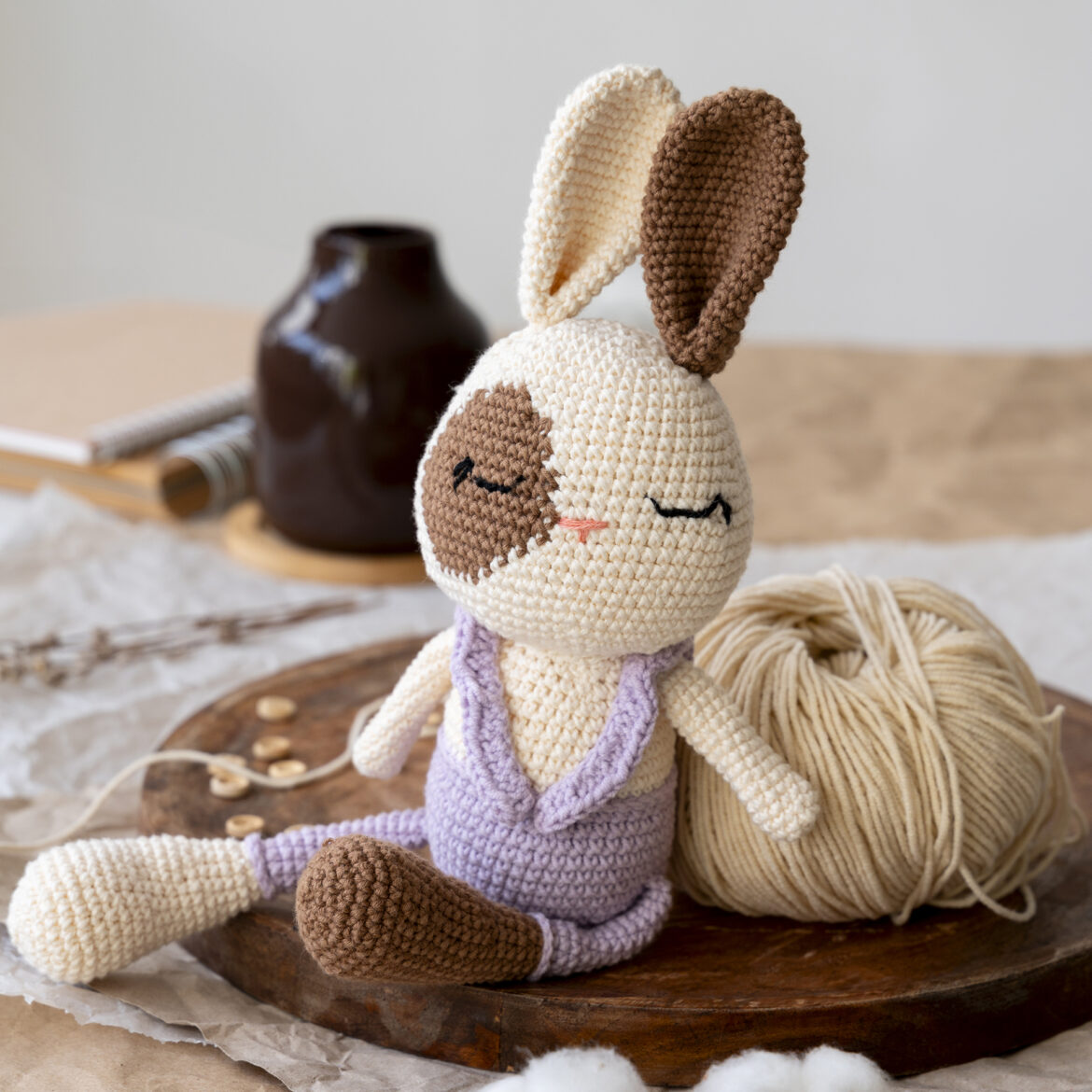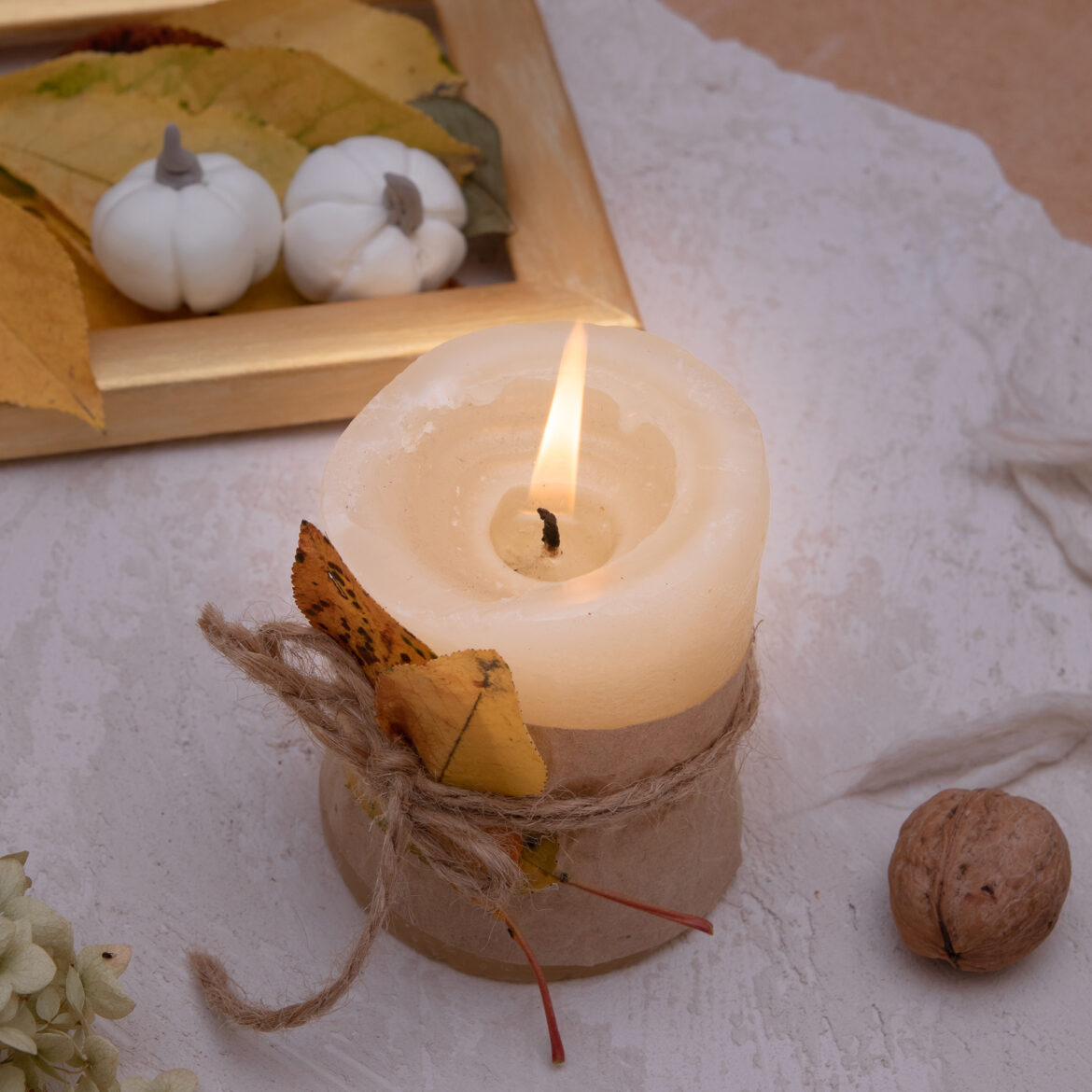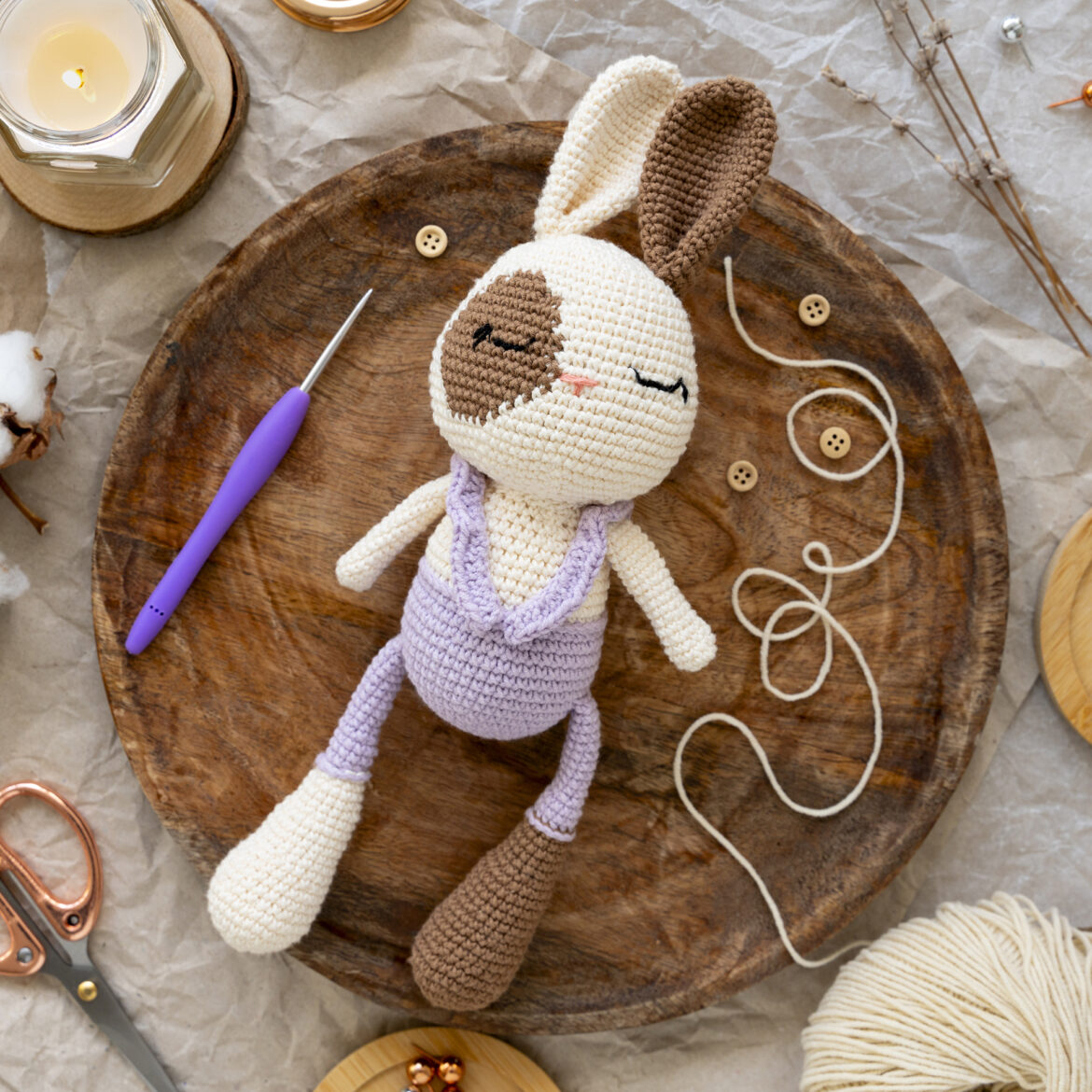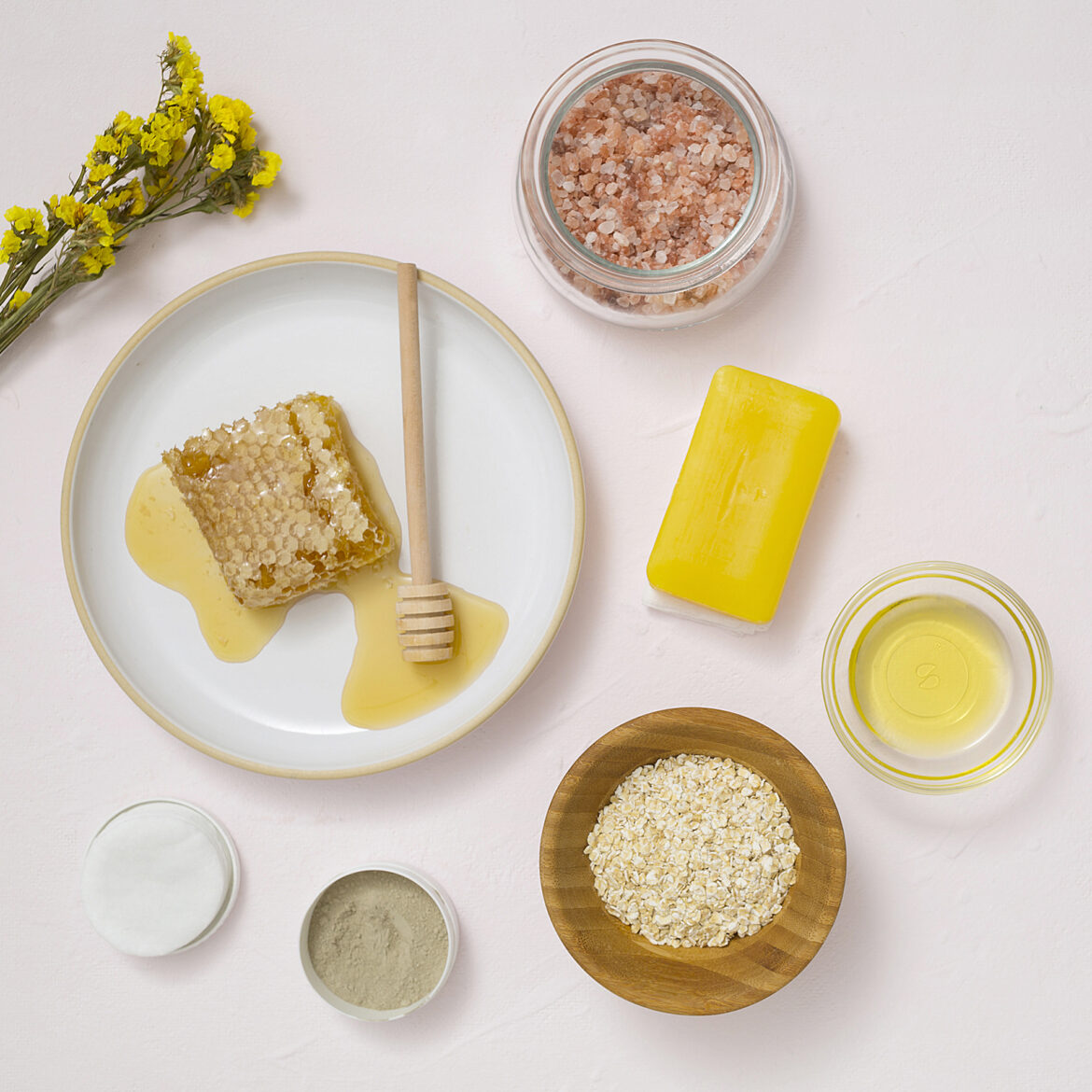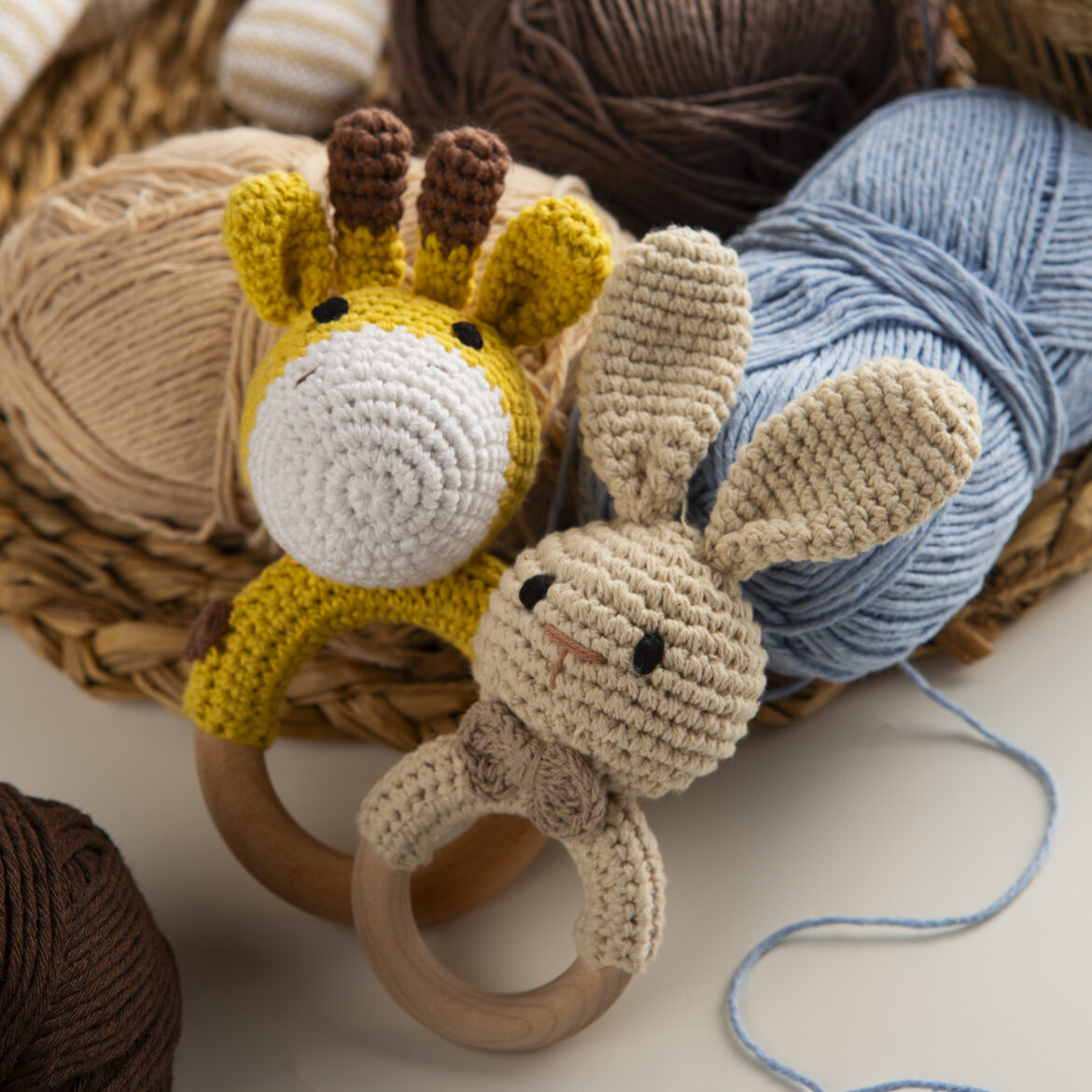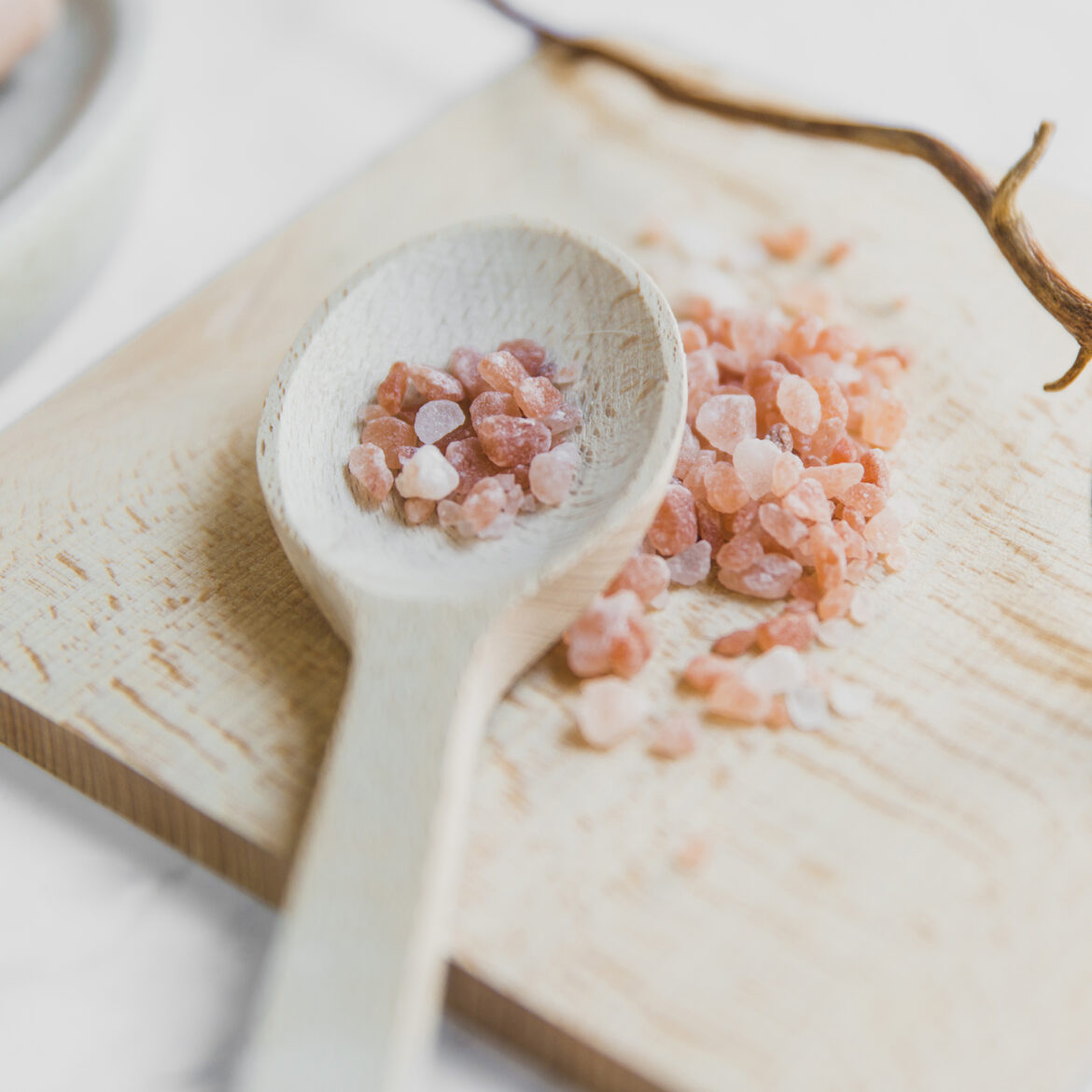5 Essential Plant Care Tips for Thriving Indoor Plants
Indoor plants add beauty to your home, improve air quality, and create a calming atmosphere. However, proper indoor plant care is crucial to keeping them healthy and vibrant. Follow these five essential tips to ensure your indoor plants thrive year-round.
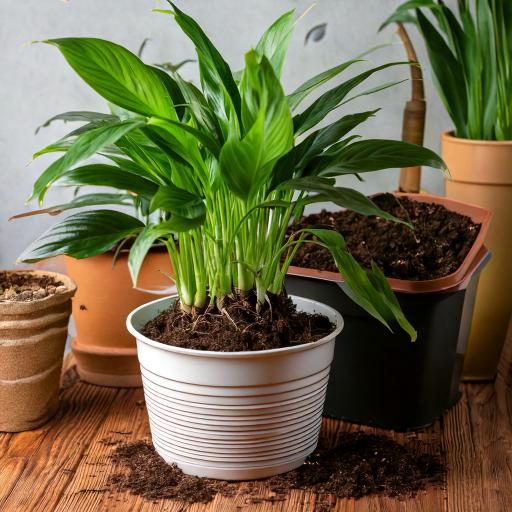
5 Essential Plant Care Tips for Thriving Indoor Plants
Why Indoor Plant Care Matters
Caring for indoor plants properly ensures they grow lush and healthy. Common issues like overwatering, lack of sunlight, and low humidity can weaken plants over time. With the right care routine, your indoor plants can flourish.
1. Choose the Right Spot for Your Indoor Plants
Placing your plants in the right location is key to effective indoor plant care.
Understanding Light Requirements
- Low-Light Plants: Snake plants, pothos, and peace lilies do well in dim areas.
- Bright Light Plants: Succulents, fiddle-leaf figs, and rubber plants need plenty of sunlight.
Tips for Proper Placement
- Rotate plants regularly to encourage even growth.
- Keep plants away from extreme temperature changes near radiators or air conditioners.
- Use sheer curtains to filter direct sunlight for sensitive indoor plants.
2. Water Wisely to Avoid Overwatering
Watering mistakes are a common cause of plant failure. Proper watering is essential for good indoor plant care.
How to Water Your Indoor Plants Correctly
- Check soil moisture by inserting a finger 1-2 inches deep before watering.
- Use pots with drainage holes to prevent root rot.
- Adjust watering frequency based on the season—plants need less water in winter.
Common Watering Mistakes to Avoid
- Overwatering can cause yellow leaves and root rot.
- Underwatering can lead to wilting and brown leaf edges.
3. Feed Your Indoor Plants with the Right Nutrients
Just like humans, indoor plants need food to stay healthy.
Best Fertilizers for Indoor Plant Care
- Use a balanced liquid fertilizer every 4-6 weeks.
- Organic options like compost tea and fish emulsion provide natural nutrients.
When and How to Fertilize Indoor Plants
- Feed plants during the growing season (spring and summer).
- Avoid over-fertilizing, as it can burn roots and stunt growth.
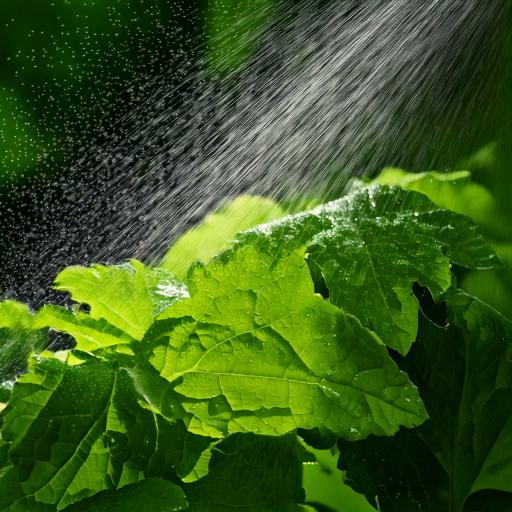
4. Maintain Proper Humidity for Indoor Plants
Humidity plays a crucial role in successful indoor plant care.
How to Increase Humidity for Indoor Plants
- Group plants together to create a humid microclimate.
- Use a humidity tray by placing pebbles in a shallow dish of water.
- Mist plants occasionally, but avoid excessive moisture on leaves.
Best Plants for High-Humidity Environments
- Ferns, calatheas, and orchids thrive in humid conditions.
- Consider using a humidifier to maintain ideal moisture levels.
5. Prune and Repot Your Indoor Plants Regularly
Pruning and repotting are essential parts of indoor plant care to promote healthy growth.
How to Prune Indoor Plants Properly
- Trim yellow or dead leaves to keep plants healthy.
- Remove leggy growth to encourage bushier plants.
When to Repot Your Indoor Plants
- Repot plants every 1-2 years or when roots outgrow their containers.
- Use fresh potting soil during repotting to replenish nutrients.
Conclusion
Proper indoor plant care is simple when you follow these essential tips. By placing your plants in the right spot, watering wisely, feeding them correctly, maintaining humidity, and pruning regularly, you can enjoy vibrant, thriving indoor plants all year round. Take the time to understand your plant’s needs, and they’ll reward you with lush growth and beauty.


